12/10/2015
Hans Fredrik Gude
Hans Fredrik Gude
"Hans Fredrik Gude (13 March 1825 – 17 August 1903) was a Norwegian romanticist painter and is considered along with Johan Christian Dahl to be one of Norway's foremost landscape painters. He has been called a mainstay of Norwegian National Romanticism. He is associated with the Düsseldorf school of painting.
Gude's artistic career was not one marked with drastic change and revolution, but was instead a steady progression that slowly reacted to general trends in the artistic world. Gude's early works are of idyllic, sun-drenched Norwegian landscapes which present a romantic, yet still realistic view of his country. Around 1860 Gude began painting seascapes and other coastal subjects. Gude had difficulty with figure drawing initially and so collaborated with Adolph Tidemand in some of his painting, drawing the landscape himself and allowing Tidemand to paint the figures. Later Gude would work specifically on his figures while at Karlsruhe, and so began populating his paintings with them. Gude initially painted primarily with oils in a studio, basing his works on studies he had done earlier in the field. However, as Gude matured as a painter he began to paint en plein air and espoused the merits of doing so to his students. Gude would paint with watercolors later in life as well as gouache in an effort to keep his art constantly fresh and evolving, and although these were never as well received by the public as his oil paintings, his fellow artists greatly admired them.
Gude spent forty-five years as an art professor and so he played an important role in the development of Norwegian art by acting as a mentor to three generations of Norwegian artists. Young Norwegian artists flocked to wherever Gude was teaching, first at the Academy of Art in Düsseldorf and later at the School of Art in Karlsruhe. Gude also served as a professor at the Berlin Academy of Art from 1880 to 1901, although he attracted few Norwegians to the Berlin Academy because by this time Berlin had been surpassed in prestige in the eyes of young Norwegian artists by Paris.
Over the course of his lifetime Gude won numerous medals, was inducted as an honorary member into many art academies, and was awarded the Grand Cross of the Order of St. Olav. He was the father of painter Nils Gude."

The Jetty at Feste near Moss

Hauling in the Nets

Ladies in the Sunshine

From Torekov the Kattegat

Steamship at Drøbak

Summer landscape

Man in a Rowboat

Beach Stones

Phillipshafen, Rügen

Norwegian mountains

Forest Landscape with Lake

Berg, Study

Snow in the Mountains
10:59 | Lien permanent | Commentaires (0)
08/05/2015
Artist Lorus Maver
Receive e diary posts.
Artist Lorus Maver
Artist Lorus Maver (Bilbov), United Kingdom. For the past 29 years, he is interested in watercolor painting. He writes in various genres, favorite themes: landscape, seascape, flowers.
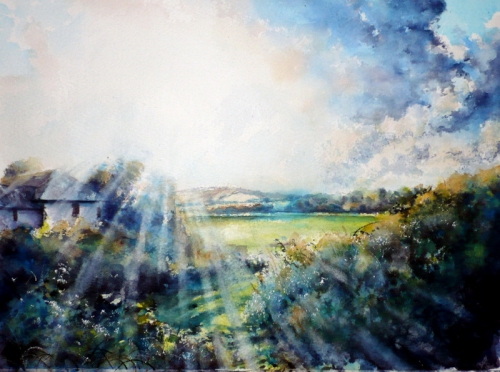
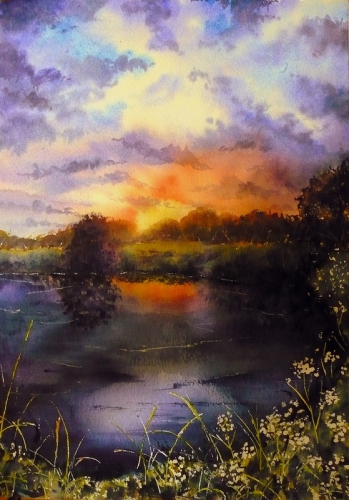
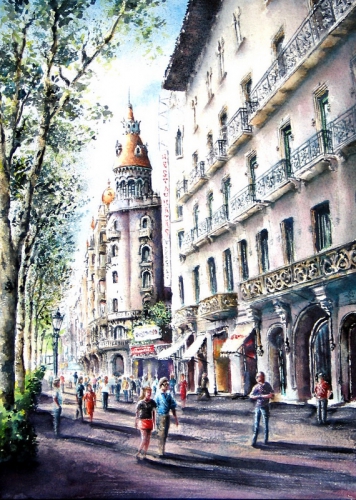
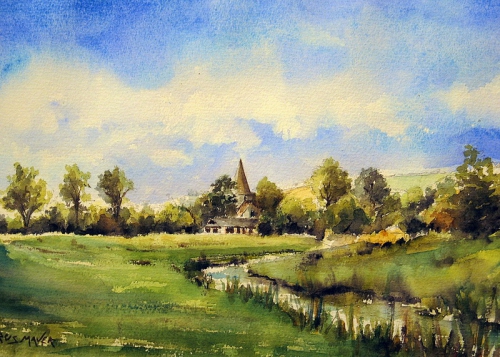
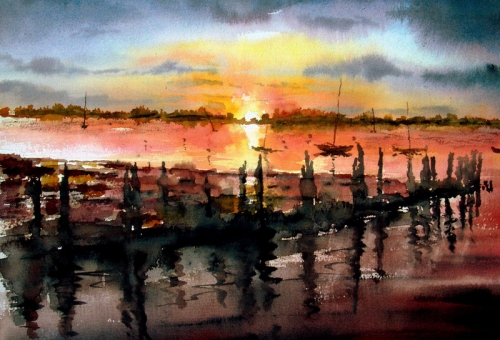
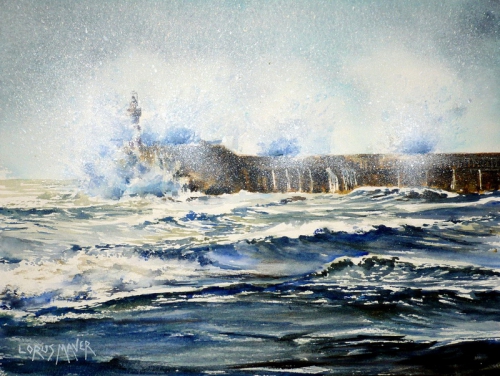
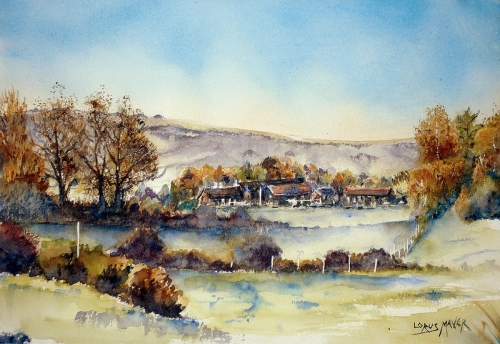
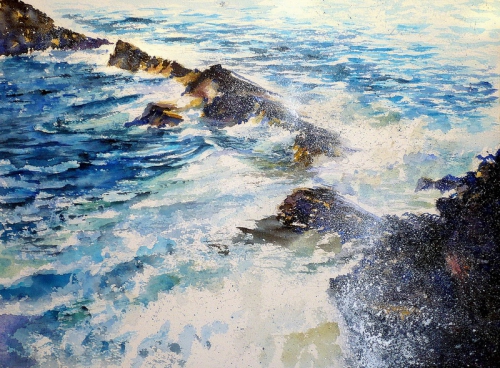
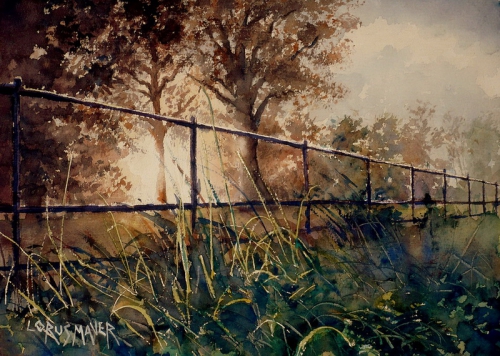
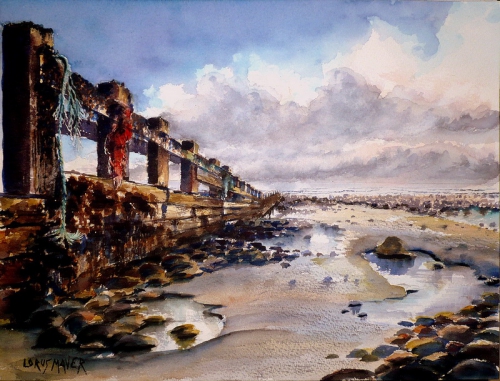
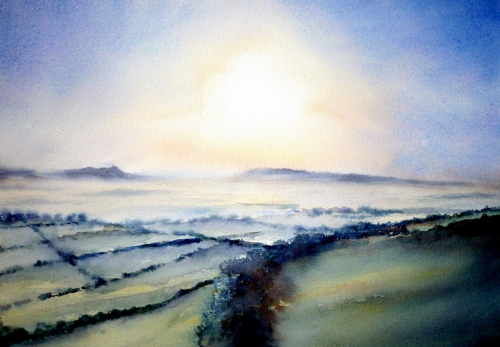
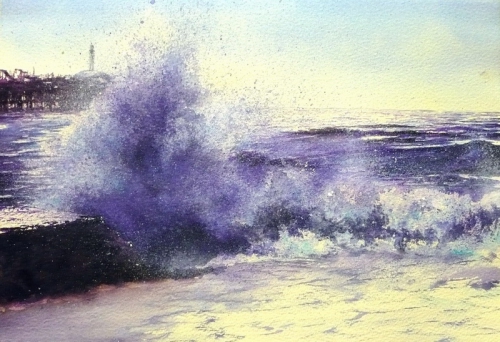
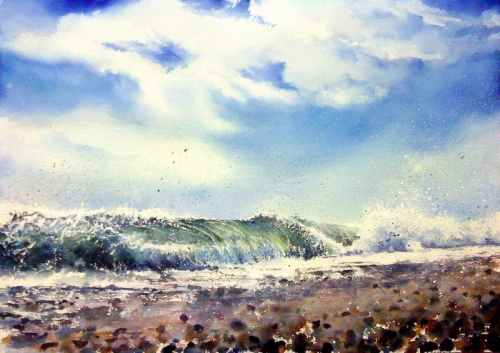
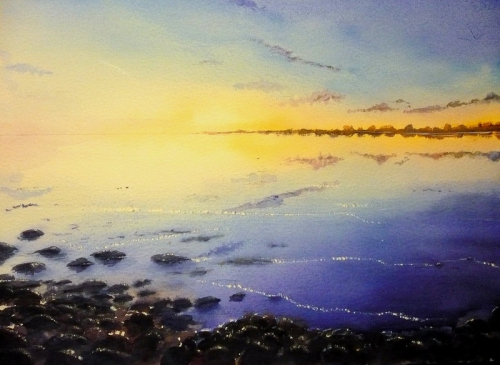
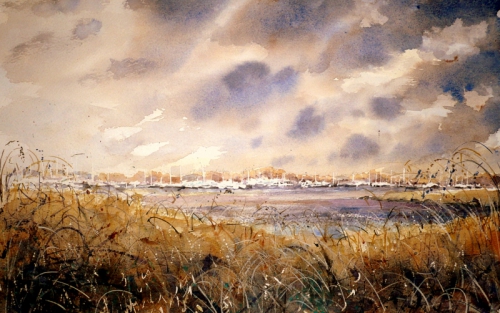
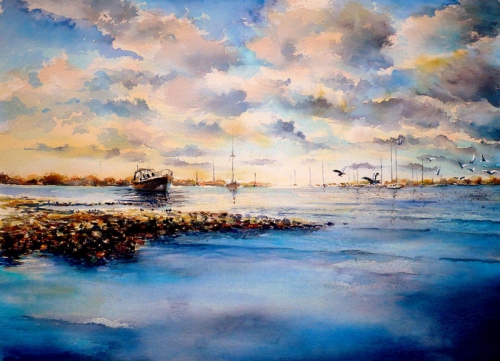
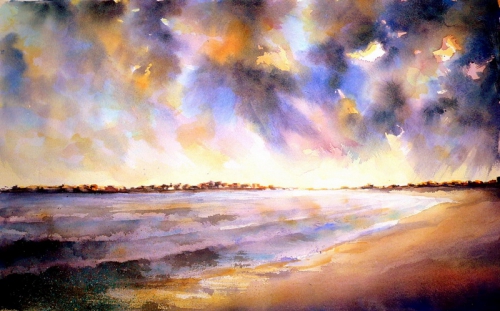
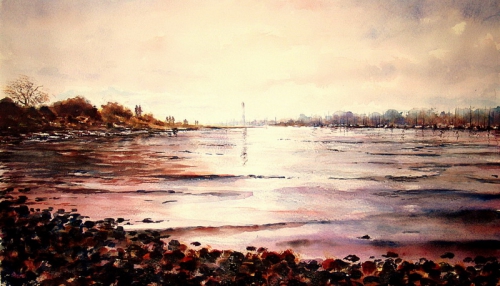
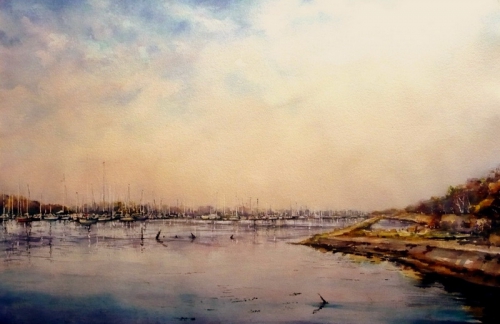

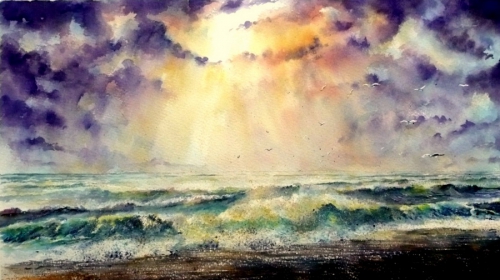

03:32 | Lien permanent | Commentaires (0)
05/05/2015
Norwegian houses with grass roofs
Receive e diary posts.
Norwegian houses with grass roofs
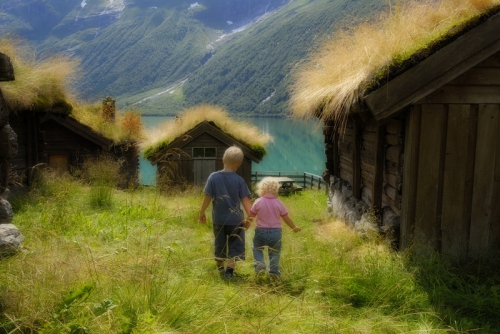
"Herbal roof in Norway have been used for centuries. Green roofs in this harsh northern country - a tradition inherited from their ancestors. Since ancient times, the roofs of the roof from the peoples of Scandinavia, was made of peat, turf, birch bark and other natural, environmental, as it is now would say materials. Norwegians are descendants of the glorious Viking appreciated and managed to keep to the present day green roofs on their homes. Dern almost to the beginning of the nineteenth century was the universal material for the roof of roofs in the homes of all classes of Norway.
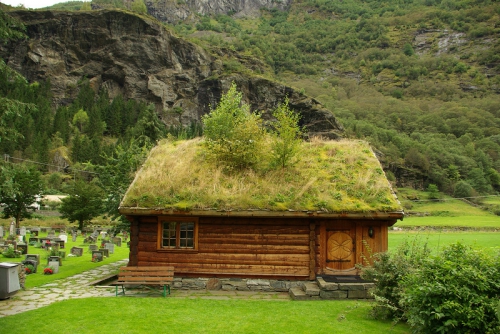
The appearance of the tile, and then slate and other roofing materials gradually began to displace the traditional Norwegian environmental, beautiful and lovely grassy roof. "The advance of civilization" began with the city, but eventually reached and the countryside.
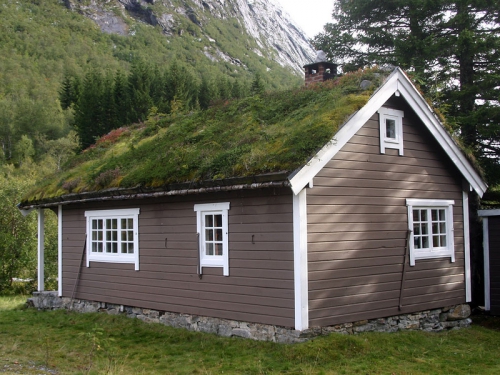
From the complete disappearance of green grass roof of Norway enthusiasts rescued romance! They started and headed a movement aimed at reviving the ancient folk traditions. First, open-air museums, holiday houses in the mountains ... and then the green roof of grass and flowers once again become a popular and trendy. After all, in addition, that such a beautiful roof roofs and aesthetically pleasing, it's pretty cheap, durable, stabilizes the temperature in the house, it improves the microclimate, providing reliable heat and waterproofing. Thus, green roofs have become popular again, and, thus, become a viable alternative to new building materials. "
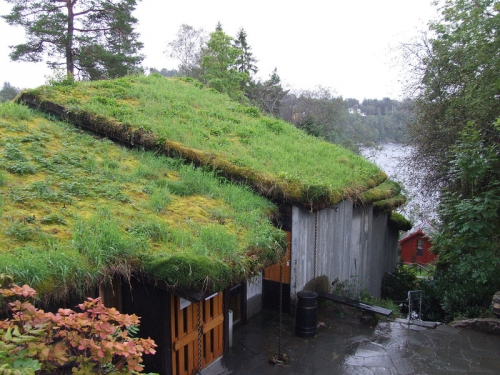
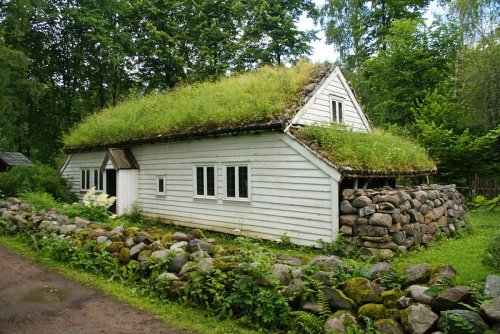

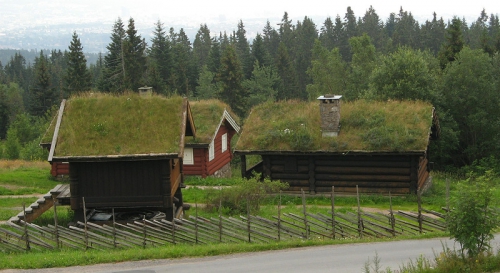
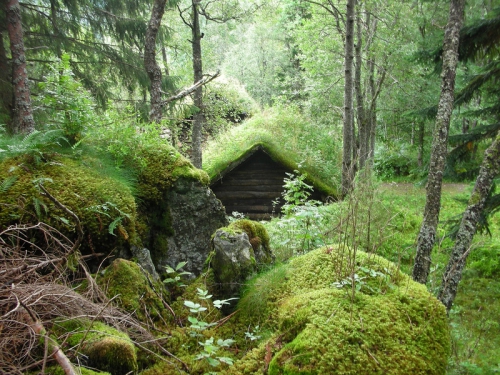
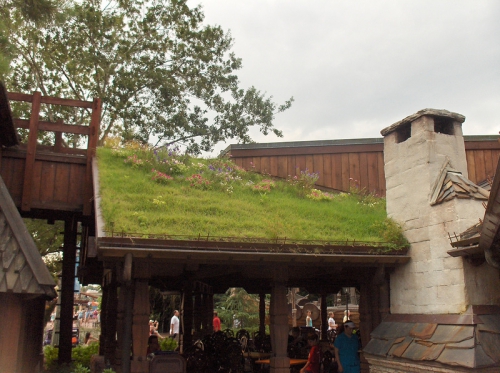
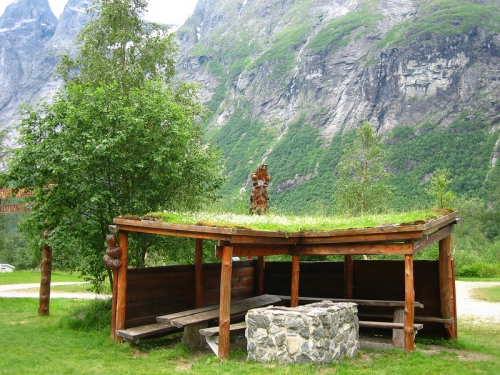
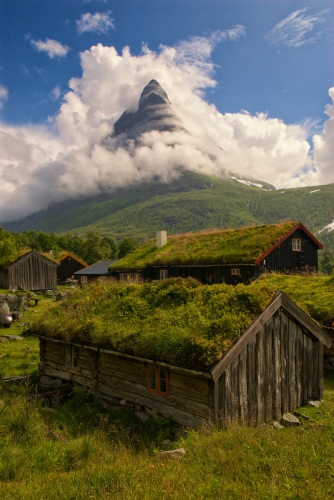
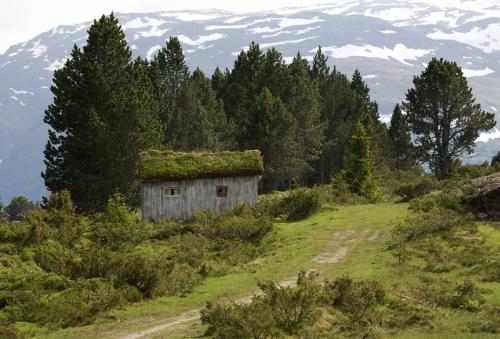
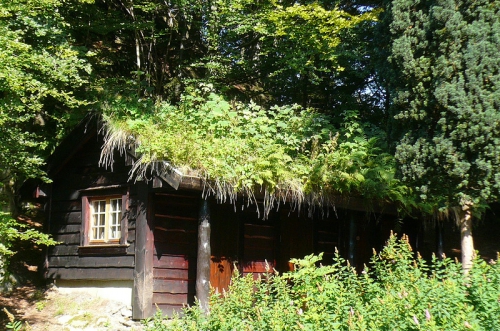
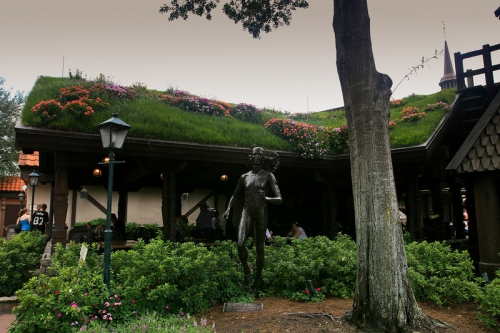
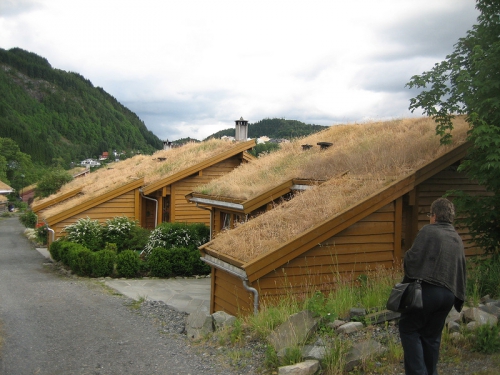
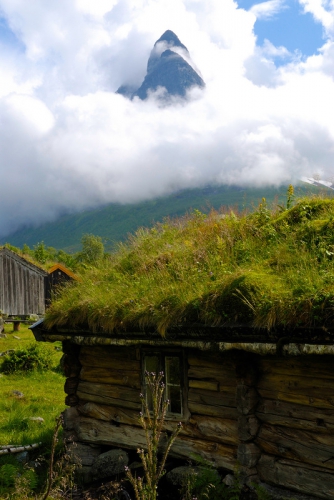
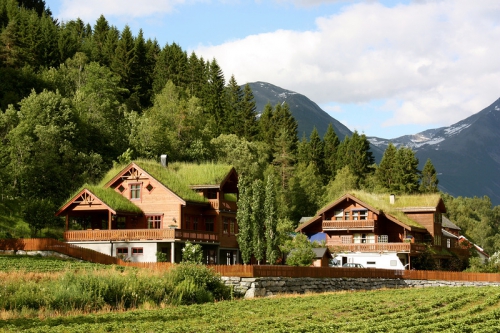
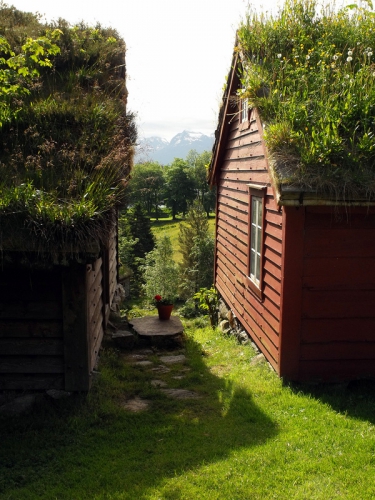
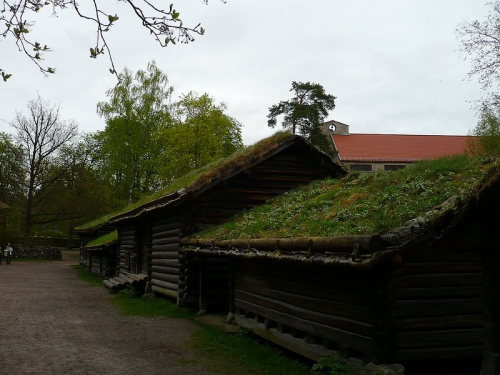
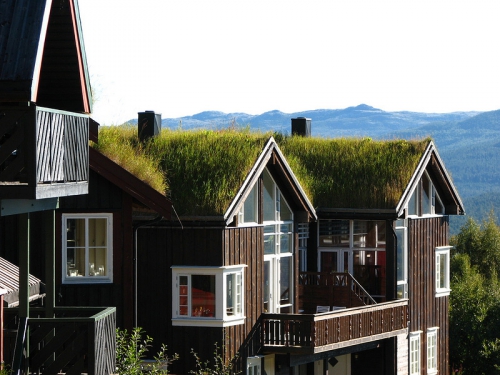
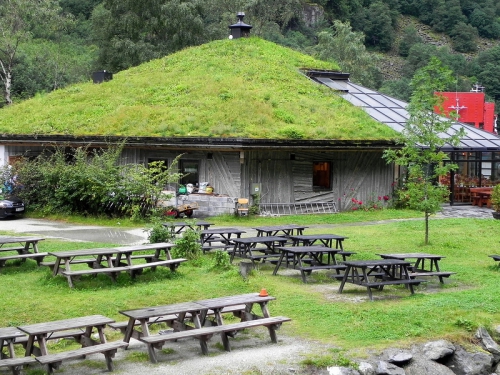
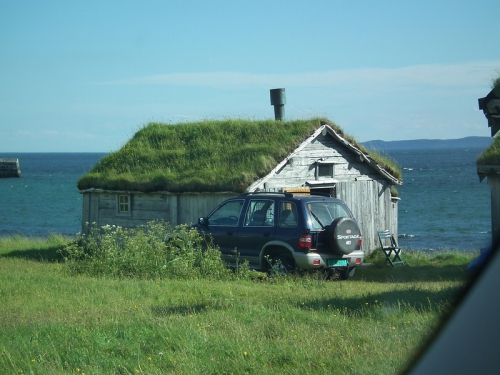
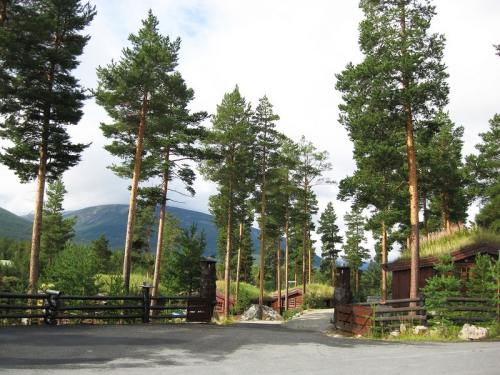
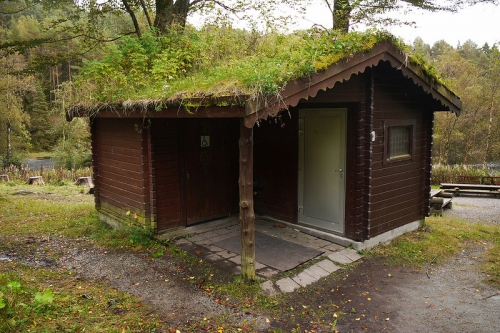
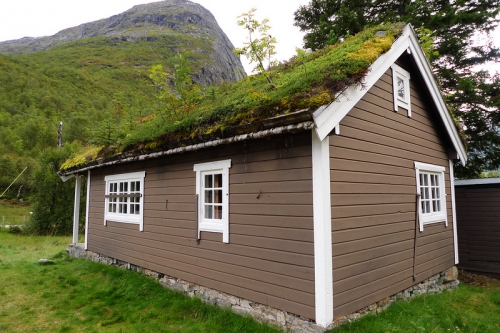

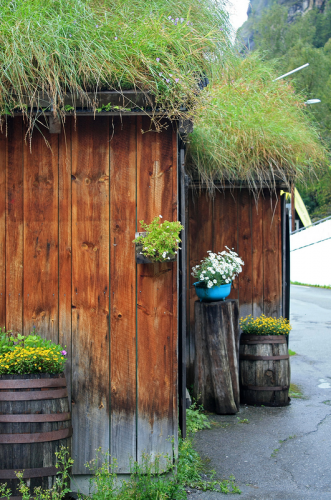
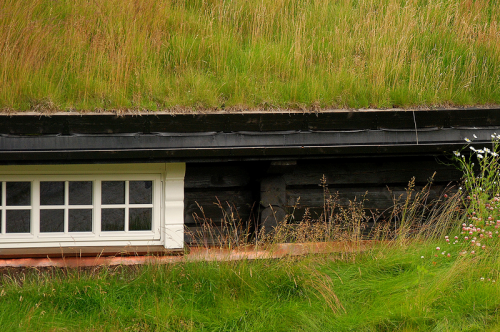
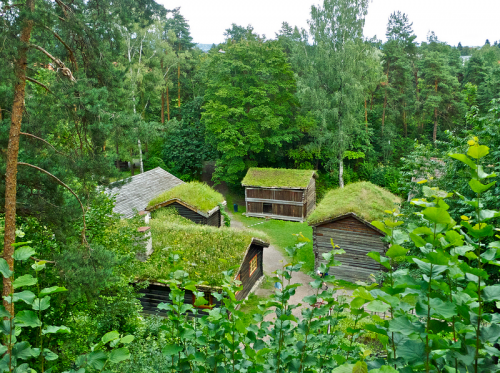
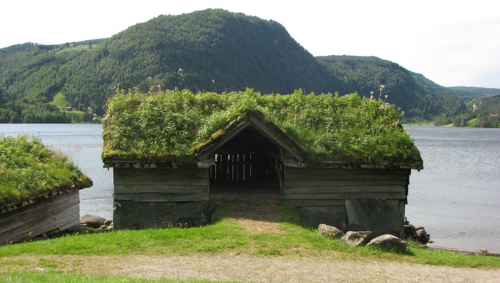
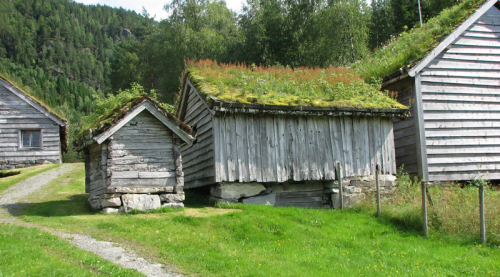
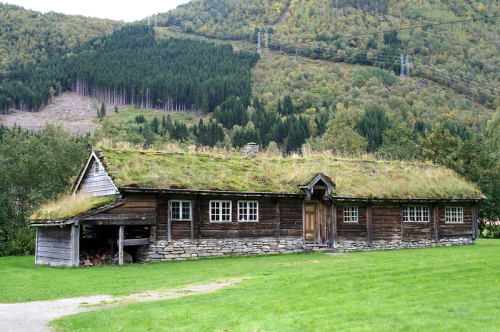
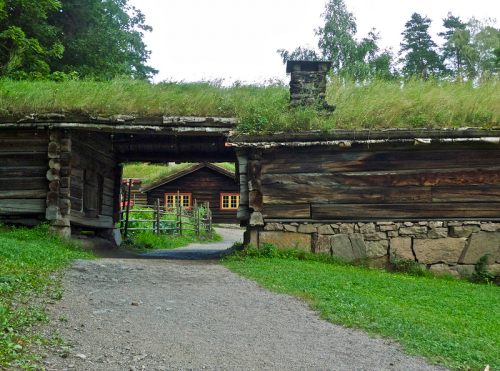
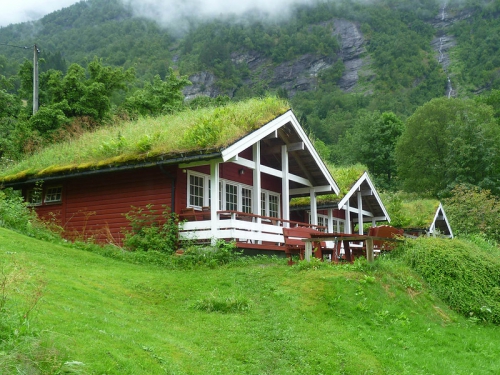
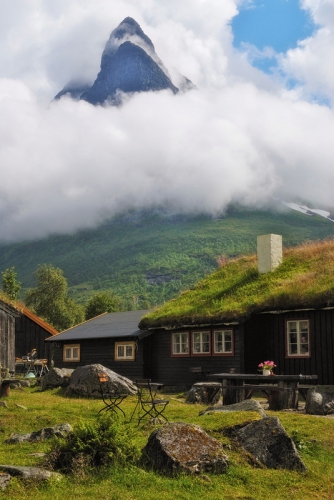
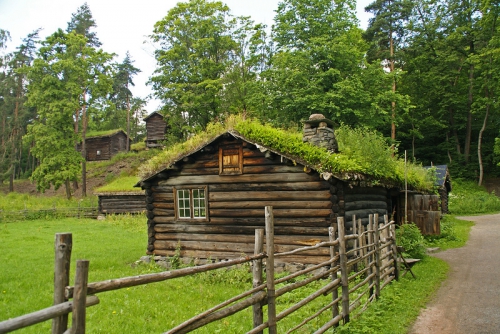
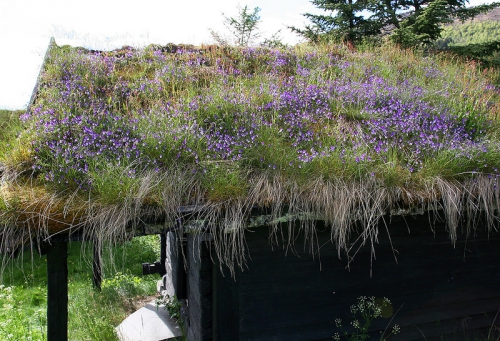
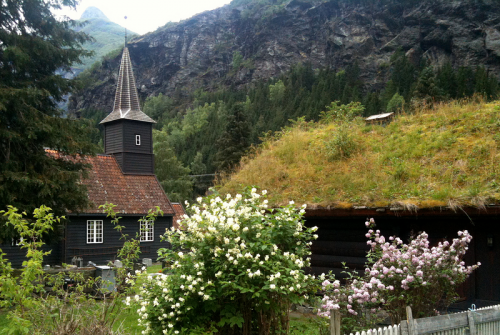

10:52 | Lien permanent | Commentaires (0)